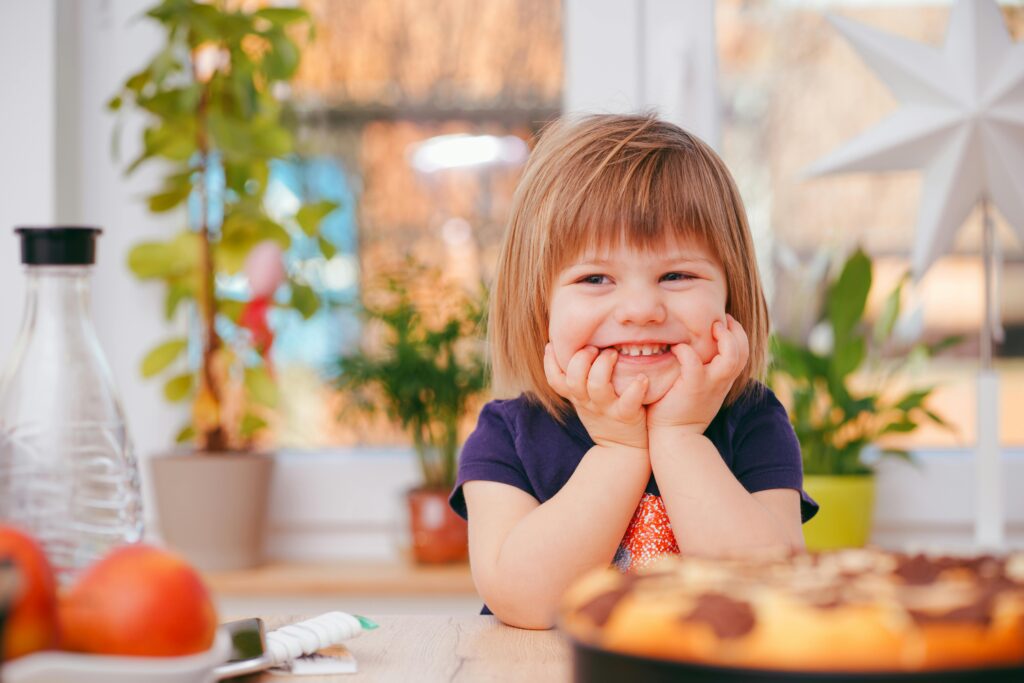
One of the greatest joys in life is watching our little ones grow and explore their world — full of innocent curiosity and boundless energy. But as any parent knows, that same curiosity can sometimes lead to a few bumps and scrapes along the way. Creating a safe, nurturing space for your child to explore freely doesn’t have to be overwhelming. With a few small changes, you can turn your home into a true haven for your family.
You might not realise it, but hidden hazards often lurk in the most ordinary corners of our homes. From sharp table edges to wobbly furniture or slippery floors, it’s easy for accidents to happen in a split second. Sometimes, ensuring every area is safe may call for a helping hand from professional home maintenance services — whether that means fitting safety gates securely, anchoring heavy furniture, or improving overall household safety.
But you don’t need an expert for everything. A mix of simple DIY tweaks and a few professional touches can make a big difference.
Creating Safe Spaces
Children love to explore, and their curiosity truly knows no bounds. While baby-proofing the entire house can feel daunting, start by creating safe zones where your little one can play freely. Use baby gates to block off stairs, choose soft flooring to cushion inevitable tumbles, and cover all electrical outlets. These small steps help your child gain independence in a controlled, safe environment.
Storage at Height
When it comes to keeping curious hands out of trouble, smart storage is key. Store cleaning products, medicines, and sharp objects in higher cabinets — not in low cupboards, even if they have locks. It’s surprising how quickly toddlers learn to outsmart those safety catches! Keeping hazardous items well out of reach adds an extra layer of protection to a healthy home.
Secure Your Furniture
Furniture may look harmless, but it can pose a serious risk for a wobbly toddler learning to walk. Dressers, bookshelves, and televisions can tip if pulled or climbed on. Use sturdy anchor straps to secure these pieces to the wall. If you’re unsure how to do this safely, consider bringing in expert help. It’s a small investment for lasting peace of mind.
Kitchen Safety
The kitchen can be a magical (and slightly dangerous) place for little explorers. Keep knives and sharp utensils in locked drawers or on high shelves, and when cooking, use the back burners and turn pot handles inward. It’s a simple way to keep tiny fingers safe while you prepare family meals.
Secure Your Windows
Windows can be another hidden hazard, particularly in upstairs rooms. Fit window stops or guards to prevent them from opening too wide, while still allowing proper ventilation. Choose guards that adults can release quickly in case of an emergency.
Bathroom Safety
Bathrooms can be slippery and full of potential dangers. Keep doors closed when not in use, or install a doorknob cover to prevent access. A non-slip mat in the bath or shower helps prevent falls, and always keep cleaning supplies locked away. Regularly checking for dampness or leaks also reduces the risk of mould remediation later on — a must for maintaining a healthy environment for your family.
Garden Safety
For many children, the garden is their favourite place to play, dig, and discover. Make sure it’s a safe space by tidying tools, securing fences and gates, and covering any ponds or water features. If you use garden chemicals, store them well out of reach in a locked shed. A little preparation goes a long way toward worry-free outdoor fun.
A Final Thought
Keeping our children safe doesn’t mean bubble-wrapping them or removing all the fun — it’s about creating a space where they can explore confidently. Small changes can make a big impact, and when combined with a watchful eye, they help ensure our homes remain the safest places for our little ones to grow, play, and thrive.
